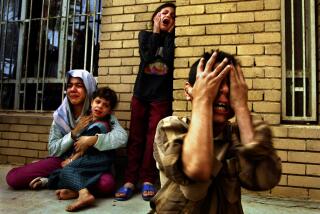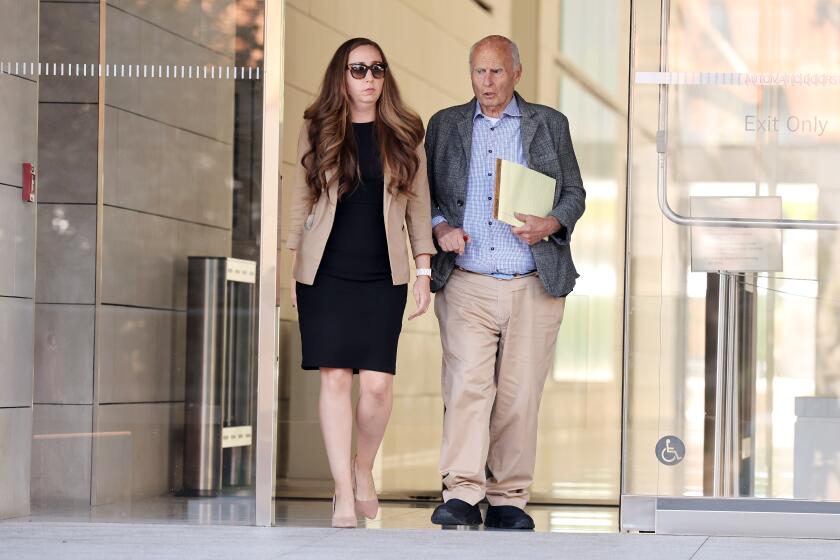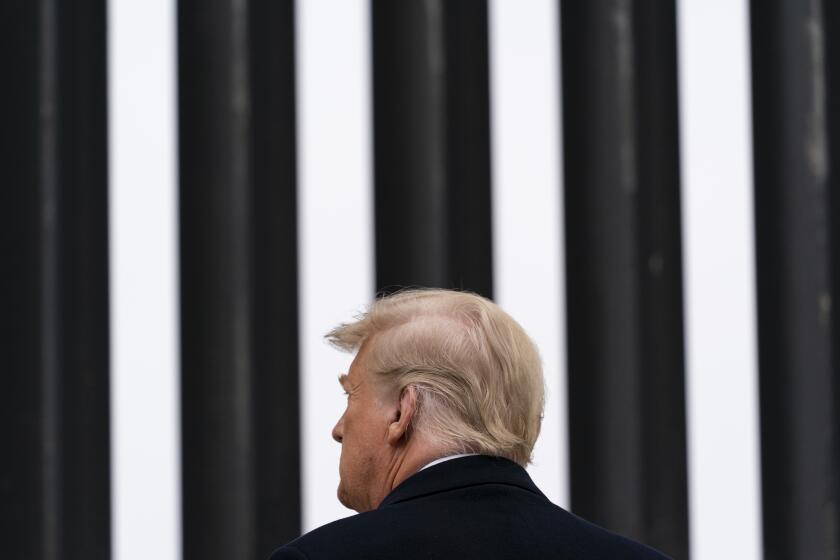The birth of the Muslim Brotherhood
- Share via
To understand the Muslim Brotherhood, and to assess its role today in a shifting Middle East, it is necessary to first examine the forces that led to the organization’s birth. And that takes us back to the collapse of the Ottoman Empire during World War I.
The Ottoman Empire had been, before World War I, the strongest and most visible face of Islam in the world. At its height in the 16th and 17th centuries, it controlled a vast swath of territory that extended from southeastern Europe into Asia and northern Africa. Its territory was greatly diminished by the 20th century, but it was the empire’s alliance with Germany in the war that led to its final destruction.
In the aftermath of the war, the remains of the Ottoman Empire were partitioned by the victors, which gave the Western powers far more influence in the Middle East and created enormous tension in Islamic populations.
In Turkey, Mustafa Kemal (later given the last name Ataturk, or father of the Turks) eventually ascended to power. The hero of Gallipoli, who blunted and then defeated the British-French invasion at the straits of the Dardanelles in 1915, Kemal was also the man who thwarted Western plans to partition Turkey into imperial holdings and who rallied the Turkish army to defeat a Greek invasion. The result was a Turkified nation, one in which religion was separated from power. Ataturk’s Turkey was committed under his leadership to joining the Western world — in language, in dress, in its commitment to development and to military power. And in this project, Ataturk by and large succeeded. Turkey today is his greatest achievement.
But Ataturk’s insistence on a largely secular government also sparked a counter-movement of Muslims who wished to save Islam from the polluting contact with the West. In Egypt, this led to the Muslim Brotherhood.
Egypt, a constitutional monarchy from 1922 and a member of the League of Nations from 1937, was unable to establish a stable political system, in part because of the continuing presence of British forces controlling the Suez Canal and heavily influencing the Egyptian government. Among the Egyptians concerned about creeping Westernization was Hassan Banna, the son of a watch repairman, who as a 13-year-old in 1919 had taken part in nationalist riots demanding self-determination for Egyptians. When that push failed, he became increasingly concerned about the deleterious moral and political consequences of Westernization. The decline of Islamic civilization, he held, could be reversed only by a return to the faith.
To this end, in Ismailia in 1928 Banna helped organize a band of teachers and activists known as the Muslim Brothers. Though its origins lay in a broader Islamic reform movement, the aim of the Muslim Brotherhood was to make the Koran the sole or primary reference point ordering the life of Muslims in their daily lives, in their families, their villages and towns, and their nations. He was a preacher and a grass-roots activist, speaking wherever he could, in mosques and coffeehouses alike.
The group’s work was charitable and educational, but its members also flew the flag of a return to Islamic roots, purged of contact with other traditions. The group harnessed widespread resentment at the heavy presence of British troops and the ostentatious wealth of the expatriate community, there to run the Suez Canal. This Muslim anti-colonial message found a receptive audience and soon had created a mass organization dangerous to British domination and the Egyptian monarchy alike.
In the early 1940s, some members of the Muslim Brotherhood formed armed groups, linked to a number of violent incidents. The group’s membership rose to 500,000. In 1948, Banna called for volunteers to fight in Palestine. The Egyptian government moved to break up the movement, arresting hundreds of its members. That move was unsuccessful, triggering the assassination of the Egyptian prime minister by a Muslim Brother in December 1948. Three months later Banna was shot too and died of his wounds, which, according to some sources, were deliberately left untreated in the hospital, on orders of the government. But his legacy was not so easy to eradicate.
The Muslim Brothers arose in response to the unraveling of British control of the Middle East before 1948. The same crisis also shaped Palestine itself. The parallel and contradictory British commitments to nationalist movements of the Arabs and to nationalist movements of the Jews set up an explosive mix that has yet to be defused.
In Galilee, eight young Zionists — including the one-armed Joseph Trumpeldor — died in an encounter with Shiite Muslims in March 1920. These eight gave their name to the town of Kiryat Shemona, a war memorial in its own right. In April 1920, five Jews and four Arabs died and hundreds were wounded in riots in the Old City of Jerusalem. In May 1921, 48 Arabs and 45 Jews, including the great Hebrew writer Yosef Haim Brenner, were killed in riots in Jaffa. The pattern of bloodshed in the modern Middle East was set in stone and suffering then and there.
When giants collapse, Tacitus said, take cover. An ailing giant it may have been, but Ottoman Turkey was a giant nonetheless. Its collapse led both to an expansion of imperial power on the winners’ side in the war, and to an ongoing war against the West’s manipulation of the region in its own economic and strategic interests.
Now, nearly a century later, we see the same forces arrayed in the same chronic, bloody struggle, with no end in sight. If you think the explosive forces of World War I are the stuff of ancient history, think again.
Jay Winter is a professor of history at Yale University and the author, with Blaine Baggett, of “The Great War and the Shaping of the 20th Century.”
More to Read
A cure for the common opinion
Get thought-provoking perspectives with our weekly newsletter.
You may occasionally receive promotional content from the Los Angeles Times.









